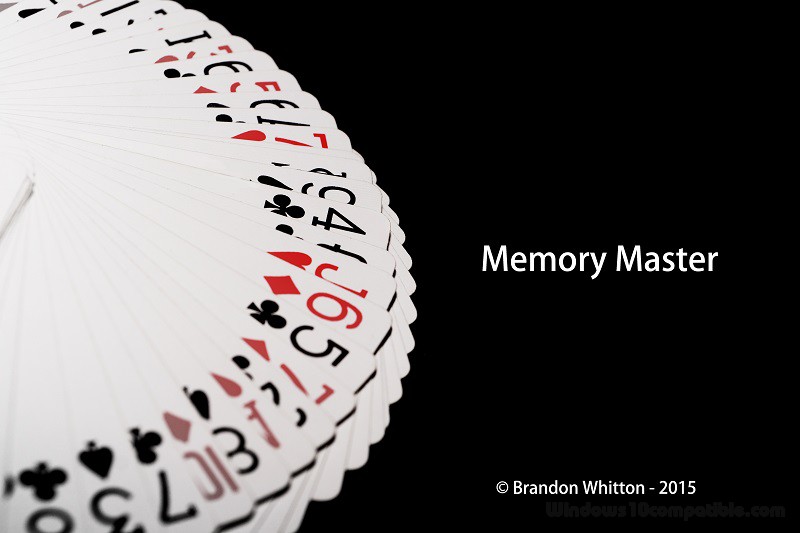
Participants who had received intensive training in the method of loci could recall roughly the same number of words as the memory athletes.įurthermore, the scans showed that functional brain connectivity in the memory training group came to resemble that of the memory athletes more closely, both at rest and while they memorized the word lists.

Crucially, though, it also shows that the brain connectivity patterns observed in super memorizers can be induced in ‘naïve’ participants through training. This latest study supports earlier findings that superior memory performance engages brain regions involved in visuo-spatial skills. This is not entirely surprising, because the method of loci – which most memory champions use – involves imagining oneself moving through a familiar environment, while linking each item to be memorized to a specific location within it. During encoding, however, superior memory performance was associated with increased connectivity within – rather than between – the separate components of the default network.Ī handful of earlier neuroimaging studies – including one carried out by Dresler with neuroscientist and world memory champion Boris Konrad – have shown that superior memory is associated with activity in the hippocampus and surrounding regions, parts of the default network known to be critical for memory, and for visual and spatial memory in particular. This network comes online when we focus on internally-generated thoughts rather than what is going 0n around us – when we are daydreaming, for example, recalling events from our past, or imagining some future event.

Analysis of the neuroimaging data revealed that these differences in performance were related to differences in brain connectivity, both at rest and while they tried to memorize the word list.ĭuring the rest phase, the memory athletes showed a greater degree of connectivity between a set of brain structures collectively known as the default mode network, compared to the controls. The first experiment confirmed the memory athletes’ superior performance – when asked to recall the word list 20 minutes later, they memorized an average of 70 words, whereas the controls remembered an average of just 40. All then returned to the lab at the end of the six-week period, for another round of brain scans and memory testing, and then one final time four months later. One group practised the a mnemonic strategy called the method of loci for half-an-hour every day over a six-week period another underwent working memory training for the same period of time and the third did no training at all. Next, they repeated the scans and memory tests in 51 control participants, before randomly dividing them into three groups. In one experiment, the researchers scanned the brains of 17 memory champions and some controls, first during a ‘rest’ period in which they were instructed to relax and let their minds wander, and then again while they performed a memory test that involved memorizing a list of 72 words. Martin Dresler of Radboud University in the Netherlands and his colleagues recruited 23 memory athletes, all of whom are currently in the top 50 of the memory sports world rankings, and a group of control participants, who had no previous experience of memory training, and who were carefully selected to match the group of champions in age, sex, and IQ.


 0 kommentar(er)
0 kommentar(er)
